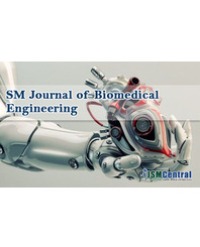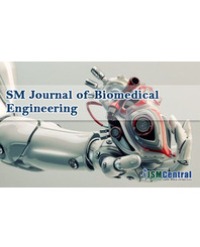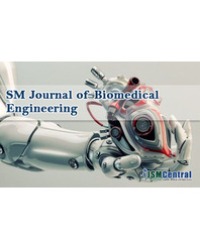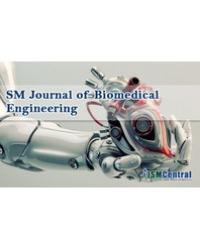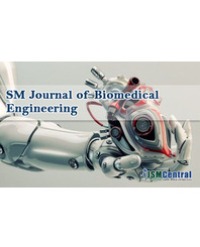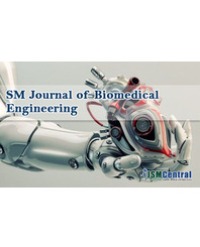
A Study on Semi-Late Maize Hybrids for Resistance to Smut of Maize /Ustilago maydis/
The most efficient method of controlling diseases of economic importance in agricultural crops is breeding of resistant varieties.
The objective of the study was to determine the extent of the attack of smut of maize /Ustilago maydis/ on 22 hybrids and 4 maize standards under conditions, conducive to the spread of the pathogen. The study was conducted in the experimental fields of the Institute of Agriculture and Seed Science “Obraztsov Chiflik”, Ruse during the period 2012 - 2014. 26 germplasms of Preliminary Variety Trial N 2 (PVT) were included. Ustilago maydis is a common disease in most parts of the world, where maize is grown.
In all above-ground organs of the plant, tumors of smutty mass are formed. The pathogen attack leads to stunted growth of the host plant, reducing yield, and economic losses. The analysis of data about the new hybrids of IASS “Obraztsov Chiflik” - Ruse showed that fifteen of them were resistant. The resistance was the highest in the hybrids: St.20, Eks.12, Eks.10, Eks.23, Eks.16, Eks.2, Eks.3, Eks.4, Eks.6, Eks.9, Eks.13, Eks.17, Eks.19, Eks.20, 2 Eks.6. They may be used as sources of resistance. Susceptible were: Eks.15, Eks.11, Eks.8, Eks.24, Eks.1, Eks.5, St.7, Eks.14, Eks.18, Eks.22, Eks.25.
Iliana Ivanova¹*, Lyubomir Ivanov, and Gergana Ivanova

